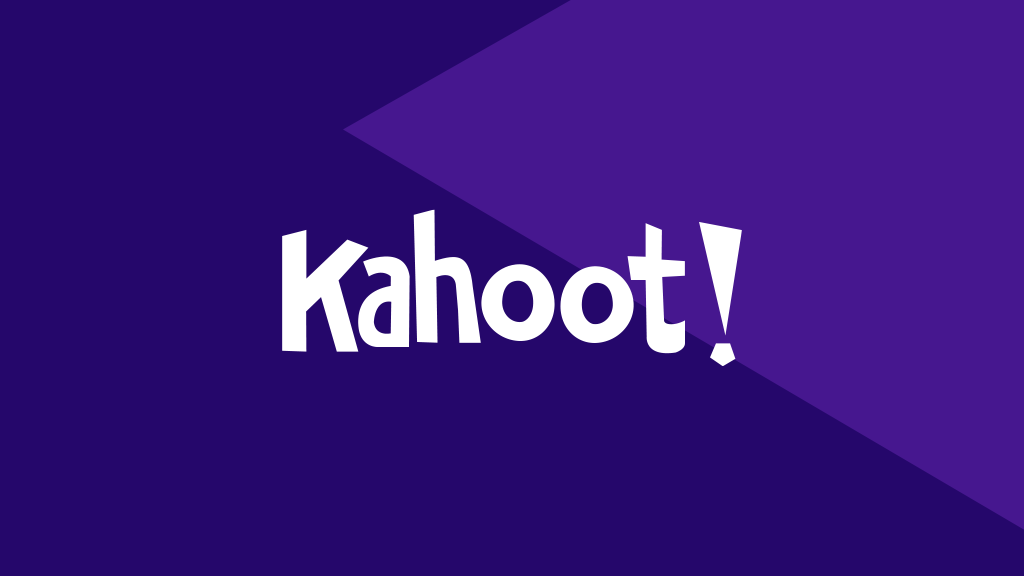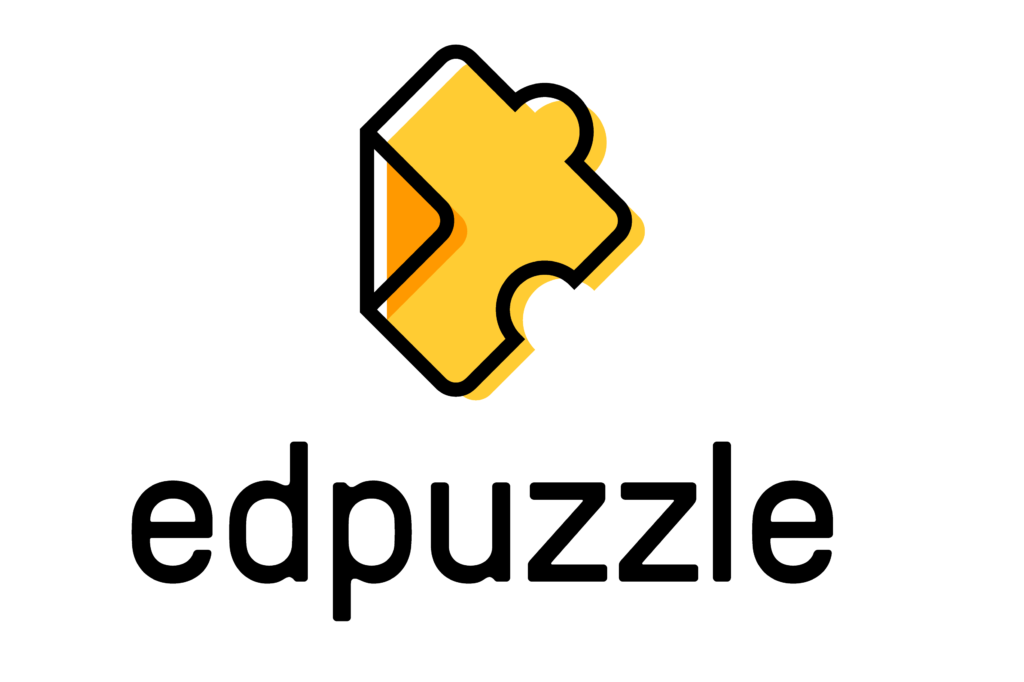Thanks to gamification, learning can be fun, exciting and useful at the same time. It can help teachers to make their lessons more interactive to engage their students. There are a wide variety of online tools to create a great learning environment.
Gamification means using game thinking and game design in non-game contexts. It includes game elements like challenges, rewards, storytelling and achievements and applies them to a situation that is not perceived as fun, such as going to school. Most students see learning as an obligation instead of an enjoyable time, but their perception could change thanks to this technique.
Gamified learning environments not only do they make learning more entertaining but also help to reduce stress and improve pupils’ engagement and motivation. Moreover, it makes lessons more inclusive, offering many options for adapting them to students with SDLs. The Gamification of Digital Learning project is developing a methodology and giving practical examples and guidelines to support teachers using gamified online practices. It aims to enable all students to participate, improve their skills, and enjoy learning.
The project highlights the importance of digital tools, which are key to creating fun learning spaces and materials. The options are endless, from flashcards, puzzles, and quizzes to videos or escape rooms!
We have compiled five online tools that will help teachers to create interactive lessons:
1. BookWidgets

BookWidgets is a gamification software aimed at elementary, middle and high school teachers, university professors, and professional trainers. Its main feature is its grading system that provides feedback to students and teachers, allowing them to assess problem areas where pupils may need extra practice. It also offers more than forty digital exercises and the possibility of creating interactive activities such as bingos or crosswords.
Its design has been adapted to smartphones, tablets and computers. It can be customized and adapted to integrate into other platforms, such as Google classroom. BookWidgets helps teachers save time grading their students and allows them to incorporate technological tools into class in a fun and easy way.
2. Breakout EDU

Breakout EDU aims to engage students to learn better through immersion, collaboration and problem-solving. Its catalogue includes 1,800 kit-based digital games in all subjects and levels. Teachers can also create their own and collaborate with other educators to develop a multidisciplinary experience.
Its puzzle-based game design fosters students’ critical thinking and creativity as they have to explore clues to create the perfect lock combinations to solve the puzzles. It has taken the escape room model as it offers more than 2,000 academically aligned challenges. Pupils work collaboratively using the 4Cs, SEL skills and their content knowledge to solve the challenges.
3. Kahoot

Kahoot offers 100+ million ready-to-play games and trivia quizzes known as ‘kahoots’. Teachers can also create theirs thanks to the templates available on the website, which can be customized and edited anytime. Not only is it useful for introducing new topics and concepts, but it is also helpful to revise before exams.
The activities can be presented through any video conferencing platform and answered by a group of learners simultaneously, but they can also be assigned and set to be completed individually. The platform also allows educators to track their pupils’ progress and knowledge gaps through the built-in reporting and analytics features.
4. Ed Puzzle

Ed Puzzle allows teachers to create or curate educational videos to target specific learning objectives. Videos can be customized with links, voice-over comments or embedded assessment questions. They can be taken from several websites, including YouTube, TED, Vimeo, and National Geographic.
Educators can share videos with their students, assign due dates, and track their pupils’ scores and progress over time as they watch videos and answer embedded assessments. Learners can watch videos solo or via “live mode”, where teachers can show a video as a group activity.
5. Storyboardthat

Storyboardthat is a storyboard and comic creator aimed at children. Teachers can design comic strips to teach different subjects. The templates are highly visually engaging, making lessons more enjoyable and exciting. They are highly customizable, making them more inclusive and SDL friendly.
The platform is used and saved online, making it easier for educators and pupils to access it anytime. The art of storytelling through comics allows teachers to develop concepts and create logical sequences so students can follow in an easy and fun way.
These tools will help educators take their lessons to another level! Are you ready to try them?




